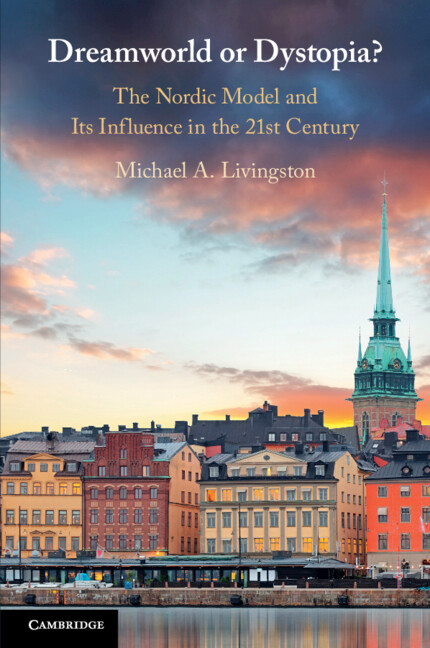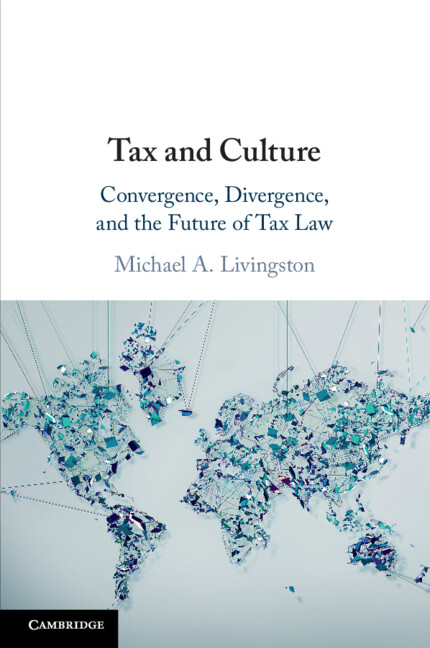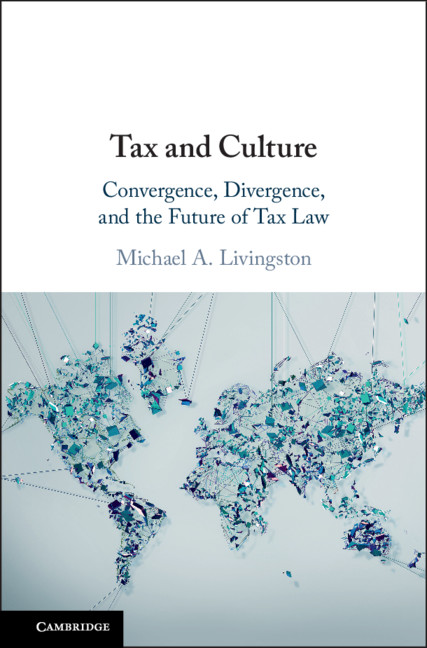Dreamworld or Dystopia?
The Nordic Model was originally understood as a compromise between Western and Soviet systems. The Soviet Union has been gone for a generation, but the Nordic Model survives. Much of this has to do with the Model's change from an economic to a largely cultural model. In particular the Model has come to emphasize human (especially women's) rights; environmental consciousness; and cultural innovation. While these each contain an element of fantasy, they retain sufficient substance to provide encouragement to 'progressive' circles in the United States, United Kingdom, and other countries. Important in its own right, the Nordic Model provides a fascinating case study of the transmission of goods and ideas between different regions, and the ability of a small and out of the way region to maintain its own identity in a globalized world.
- Provides a comprehensive treatment of the Nordic Model and its overseas influence
- Provides a useful case study of globalization and its limits
- Offers a new prospective and insights into 'progressive' movements in American politics and their overseas models
Reviews & endorsements
‘This book offers a refreshing view of the Nordic countries from an Anglo-American outlook … the author deserves praise for presenting both the pros and cons of the Nordic Model … as a cultural appetizer and an introduction to Nordic values and aspirations, it is a valuable and enjoyable read.’ Atle Midttun, Scandinavian Studies
‘Livingston makes a strong case for a broad Nordic Model …’ Eric S. Einhorn, Utopian Studies
Product details
December 2021Adobe eBook Reader
9781108597869
0 pages
This ISBN is for an eBook version which is distributed on our behalf by a third party.
Table of Contents
- Part I. Image:
- 1. The Nordic model and its (somewhat surprising) persistence
- 2. Utopia: The ideal of Norden and its overseas marketing
- 3. Dystopia: Nordic pretensions and the Anglo-American right
- Part II. Reality:
- 4. Human rights: universal principles meet local reality
- 5. Environment: carbon tax, Gretamania, and the Green New Deal
- 6. Innovation: from Scandinavian to Nordic and back again
- Part 3. Conclusion:
- 7. A regional culture confronts a globalized world.















